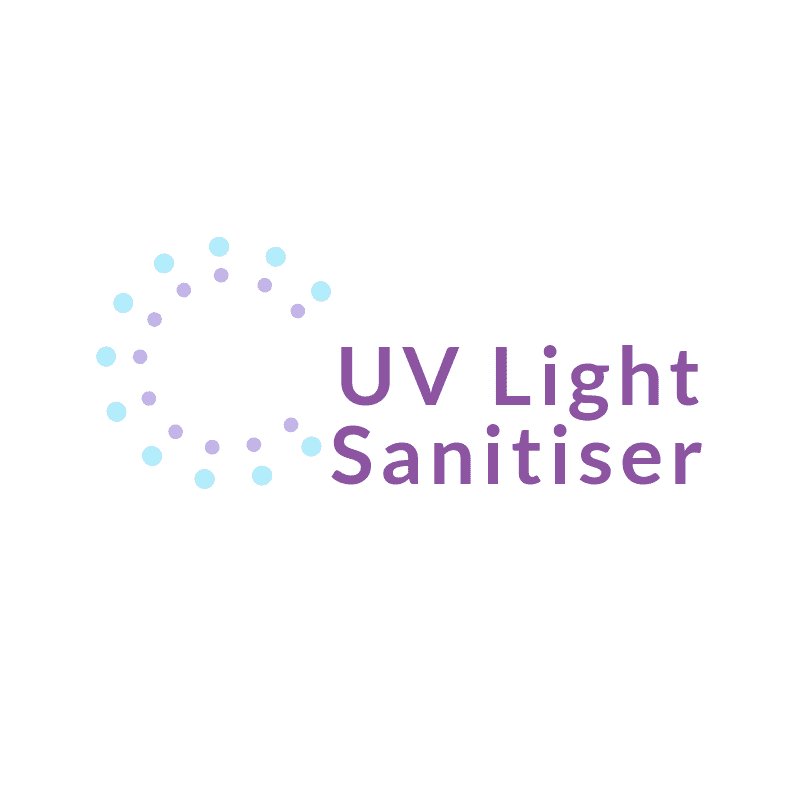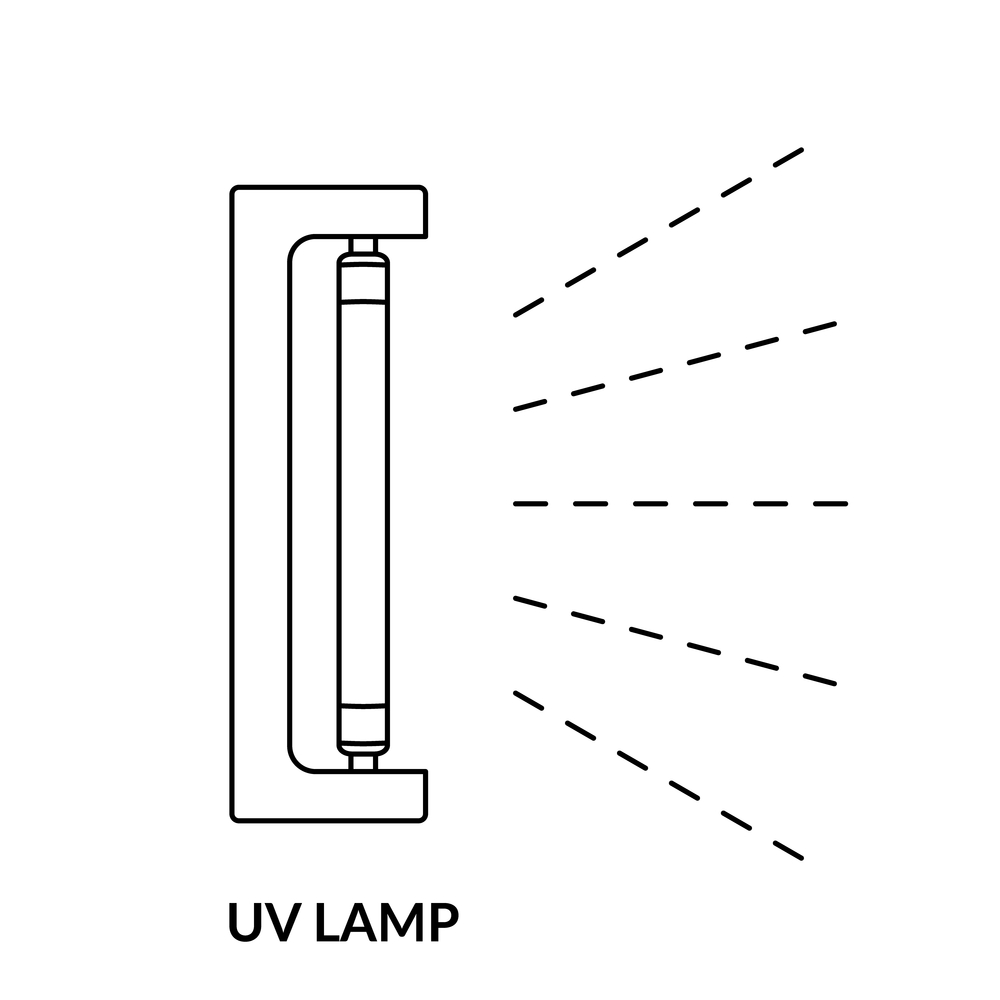In the light of the COVID-19 pandemic, people frantically searched for ways to disinfect themselves and their possessions. This has resulted to an increase in sales of alcohol and sanitizers. One of the most popular sanitizers in the market today are the UVC Lamp. These sanitizers harness ultraviolet lights in disinfecting surfaces and objects. We have known the disinfecting power of UV rays for hundreds of years already.
UV light has been proven effective in killing virtually all known microorganisms. This makes it the perfect solution for disinfection and sanitization. These are already being used in public spaces such as schools and hospitals.
How does a UVC Lamp Work?
A UVC Lamp emits radiation in the ultraviolet (UV) region of the ultraviolet, including wavelengths from 100 to 280 nm (nm). You can use these for various purposes such as cleaning of air and water, food and sterilization of sensitive instruments (such as medical devices).
Sterilizing light destroys the reproductive capacity of bacteria, viruses, and other pathogenic microorganisms.
UV light destroys reproductive capacity. Medium bacteria can be killed in 10 seconds. Ultraviolet rays, or ultraviolet bactericidal stimulation (UVGI), is the part of UV light spectrum from 400 to 100 nm. The ultraviolet segment has several parts designated as UV-A (400 to 315 nm), UV-B (315 to 280 nm), and very high-energy destructive UV-C (280 to 200 nm).
Most people are familiar with the harmful effects of ultraviolet energy transmitted by sunlight on the wavelengths of UV-A and UV-B rays, leading to the appearance of ultraviolet tanning inhibitors or sunscreens. They are also aware of products designed to protect against ultraviolet radiation, such as plastics, paints, and rubber. However, unlike UV-A and UV-B wavelengths, the energy of the electron volt (eV) in the UV-C band is more than double that of UV-A. UV-C is absorbed well by organic substances (not reflected), therefore increasing damage.
This ability allows ultraviolet C radiation to penetrate through organisms at the cellular level, effectively destroying their DNA. The effect of UV-C rays on the human body depends on the duration of exposure. It can in severe cases cause burns to the skin. Direct observation can also cause temporary damage to the cornea. In addition to these threats, UV-C is a known carcinogen on human skin.
Can a UVC Lamp Help In The Fight Against COVID-19?
Is it possible to use a new type of UVC Lamp in stations, planes and schools to destroy dangerous viruses and turn them into transformers of the COVID-19 battle? Columbia University researchers have been working on this use for many years. The current pandemic can confirm the value of these efforts.
UV germicidal bulbs are commonly used to kill bacteria, viruses, and mold, especially in hospitals and the food industry. As the coronavirus pandemic has rocked the global economy, this technology is booming.
Over the past 4 years, a team led by physicist David Brenner of Columbia University Medical Center in New York, has tested shorter waves that cannot penetrate the eyes or the outer layer of the skin. “Far ultraviolet” light. The researchers discovered that remote ultraviolet radiation can kill bacteria on the surface and will not be harmful on humans.
Brenner and colleagues then discussed whether UVC Lamp can solve a major health problem in many public places: airborne microorganisms. The team first sprayed the flu virus indoors then exposed it to ultraviolet radiation at a wavelength of 222nm. A control sample was left completely unexposed. The researchers collected liquid samples from the cabinet, distributing them to the dog’s kidney cells that were exposed to flu.
The researchers reported in a study previously published online on bioRxiv on December 28, 2017 that unexposed samples can infect cells, but ultraviolet-treated samples cannot. If this study goes smoothly, said industrial intervention scientist Sean Gibbs, “it really helps to stop the spread of the disease.”
UV rays and its effect on health
The UV spectrum of the electromagnetic radiation spectrum extends from 10nm to 400nm. Depending on the wavelength and the exposure time, ultraviolet radiation can damage the eyes and skin. Hence it is not recommended for use to sanitize your home.
The UV spectrum is divided into four parts: UVA (from 315 to 400 nm), UVB (from 280 to 315 nm), UVC (from 200 to 280 nm) and vacuum UV (from 100 to 200 nm). A reduction in wavelength corresponds to a higher radiation frequency and higher energy per photon.
UV radiation is widely known for its harmful effects on human skin and its association with skin cancer. However each UV band (UVA, UVB, and UVC) presents different risks to humans.
UV radiation refers to wavelengths shorter than 280 nm. Our atmosphere completely absorbs these wavelengths, and no natural ultraviolet radiation reaches the earth’s surface. These wavelengths can be obtained with artificial light sources, such as UVC LEDs or mercury lamps. The intensity of a point light source (such as a UVC LED) falls 1 distance squared, and as soon as it exceeds the scattering length, it decreases exponentially. This means that 1) the greater the distance between the source of ultraviolet radiation and the human body, the lower the dose that affects the human body, 2) the absorption length of ultraviolet radiation in human skin is very small, for what ultraviolet radiation can hardly reach the living cells of the human body.
UV-C security strategy
Therefore, when working with a UVC lamp to disinfect your home, you must follow solid safety rules. Many manufacturers of HVAC / R and UV-C equipment have voluntarily taken protective measures against the risk of exposure to UV-C. Instructions and signs indicate that service personnel should turn off the UV system before performing any work on the air handling unit (AHU). These guarantees include:
1. Warning labels next to all access panels or doors must have a ventilation system equipped with UVC lamps, as well as panels or doors next to a part of the air conditioner that can penetrate or reflect ultraviolet rays.
2. Install a shutdown device in the AHU lamp section so that any access point turns off the UV-C system. Some manufacturers provide door safety switches or lockout / tagout functions to keep the unit closed until the UV light is turned off.
3. Instruct service personnel not to look directly at UV-C without adequate eye protection. Installing a viewing window is the safest way to observe light, as it blocks UV-C performance. Make sure that the viewing window is made of UL listed refractory glass wire. Its size and location should be seen by the UV system operating outside of the climate control equipment. Include appropriate safety signs to form a complete view / sign assembly.
4. Do not enter the ventilation room with UV light. If absolutely necessary, wear personal protective equipment, including UV goggles, UV masks, and tight-fitting, long-sleeved clothing that covers most of your body, and gloves.
These precautions will help protect service personnel from accidental exposure, while maintaining the effectiveness of UV C rays to remove biological contaminants.

